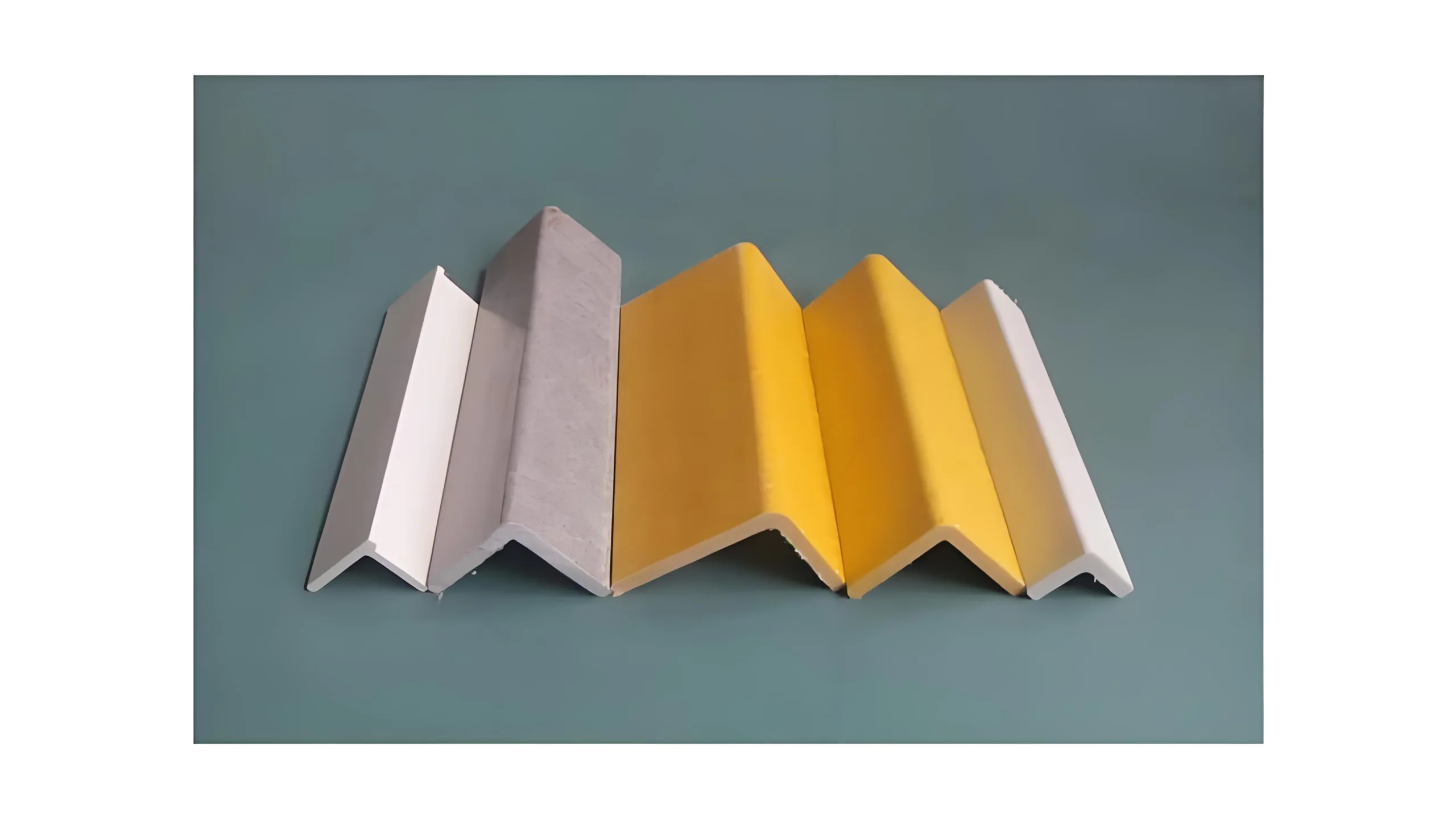Introduction
Industrial designers are under constant pressure to build lighter, safer, and longer‑lasting structures—without blowing the budget on maintenance. One material quietly checking all those boxes is the structural fiberglass angle. Produced by pultrusion specialists such as Unicomposite, these FRP (fiberglass‑reinforced plastic) profiles combine steel‑like mechanical strength with corrosion immunity, dielectric safety, and decades of trouble‑free service. This article unpacks seven key advantages you can leverage today and offers practical guidance for specifying the right profile for your next project.

structural fiberglass angle
Understanding Structural Fiberglass Angle Profiles
What Makes a Fiberglass Angle “Structural”
A profile earns the “structural” label when its glass‑fiber architecture and resin matrix are engineered for high modulus and load capacity. Uni‑directional rovings provide the axial strength, stitched mats handle shear, and surfacing veils protect against UV attack.
Pultrusion Process & ISO‑Certified Quality (Unicomposite)
During pultrusion, continuous fibers are pulled through a heated die that cures the resin in one pass, locking in tight‑tolerance 90° legs. Unicomposite’s ISO‑certified lines include in‑house tensile and flexural testing, ensuring every batch meets ASTM D638 and IEC 60695 requirements—vital for safety‑critical installations.
Typical Dimensions & Configurations
Standard equal‑leg angles range from 1 × 1 in (25 × 25 mm) up to 6 × 6 in (150 × 150 mm) with wall thicknesses of 1/8–1/2 in. Unequal‑leg versions and color‑coded resins simplify field identification and load‑path design.
The 7 Benefits That Matter in Industrial Design
1. High Strength‑to‑Weight Ratio
Pultruded FRP delivers tensile strengths exceeding 70 ksi while weighing roughly one‑quarter of steel. A Midwest wastewater plant cut platform dead‑load by 38 % when switching to fiberglass angles—allowing slimmer foundations and lower crane rental fees.
2. Corrosion Resistance in Aggressive Environments
Vinyl‑ester and iso‑polyester resins shrug off acids, salts, and chlorinated water. A 5,000‑hour ASTM B117 salt‑spray test showed no blistering or loss of modulus, making the material a favorite in coastal substations and chemical plants.
3. Dielectric & Thermal Insulation for Safety
Fiberglass is non‑conductive up to 100 kV per inch. Line crews working near live busbars appreciate the added arc‑flash margin, while the low 0.3 W/m·K thermal conductivity cuts condensation on elevated walkways.
4. Long Service Life & Low Maintenance Cost
Field surveys of 1990s pultruded cooling‑tower frames still report >90 % of their original flexural strength. Over a 25‑year horizon, eliminating repaint cycles can save $4–$7 per sq ft compared with galvanized steel.
5. Design Flexibility & Customization
Unicomposite offers tailored fiber orientations, flame‑retardant additives, and CNC‑mitered corners for plug‑and‑play assemblies. A Canadian OEM recently consolidated four welded steel parts into a single molded FRP angle, trimming assembly time by two hours per unit.
6. Simplified Installation & Handling
At barely 2 lb/ft for a 4 × 4 × 3/8 in angle, most profiles can be carried by one technician and cut with a standard carbide blade—no hot‑work permits or heavy rigging required.
7. Sustainability & Regulatory Compliance
Life‑cycle assessments show pultruded FRP has up to 30 % lower embodied energy than aluminum. Projects can earn up to three LEED v4 points for material efficiency and durability.
Selecting the Right Structural Fiberglass Angle for Your Application
Assessing Mechanical Loads & Deflection Limits
Use span tables or FEA software to model live‑load deflections. Unicomposite’s engineering team can supply section‑property data and help validate safety factors for walkways, ladders, or framing.
Matching Resin Systems & Fire‑Retardancy Ratings
Choose vinyl‑ester for chemical plants, iso‑polyester for general infrastructure, or brominated formulations for ASTM E84 Class 1 flame‑spread compliance in occupied spaces.
Sourcing: Stock vs Custom Profiles and MOQ Considerations
Common sizes ship from Unicomposite’s Chinese inventory within seven days. Custom colors, embedded wear strips, or unequal‑leg designs typically require a 500 m minimum order—still modest in B2B supply chains.
Industry Case Snapshot: Upgrading a Cooling‑Tower Framework
Challenge
A gulf‑coast power station saw its galvanized‑steel tower angles pit and fail within three years, causing 10 % downtime and costly welding repairs.
Solution
Maintenance engineers replaced the corroded members with structural fiberglass angle supplied by Unicomposite. Prefabricated lengths were hoisted into place and bolted using stainless hardware—no hot‑work permits needed.
Outcome
The FRP retrofit cut frame weight by 38 %, trimmed the installation schedule by two days, and is projected to deliver a 15‑year ROI from avoided repainting alone. As the maintenance supervisor noted, “Our crew spent more time tightening bolts than hauling equipment—exactly what we want during summer outages.”
Conclusion
Seven proven advantages—light weight, corrosion immunity, dielectric safety, long life, design freedom, easy handling, and sustainability—make the structural fiberglass angle a standout for modern industrial design. If you’re ready to quantify the gains for your facility, contact Unicomposite for a no‑obligation design review or fast quote.
Frequently Asked Questions
Q1. How does fiberglass angle compare to stainless steel in chemical exposure?
Stainless holds up well until chloride levels climb; FRP angles with vinyl‑ester resin maintain strength even in high‑chloride or acidic media, often at half the installed cost.
Q2. Can these angles be machined on‑site for last‑minute adjustments?
Yes. A carbide‑tipped circular saw and a dust mask are all you need. Seal any fresh cut with compatible resin to maximize service life.
Q3. What is the typical lead time for bulk orders?
Standard profiles ship in about one week, while custom geometries or colors average four to six weeks, including tool prep and QC testing.
Q4. Are there temperature limits I should know about?
Most industrial‑grade FRP angles operate continuously up to 120 °C. For brief excursions, consult the supplier’s heat‑deflection temperature data.
Q5. Do fiberglass angles meet building‑code requirements?
Yes. Reputable manufacturers test to ASTM D638, D790, and fire‑rating standards. Provide the structural engineer with these certificates for code submittals.




























